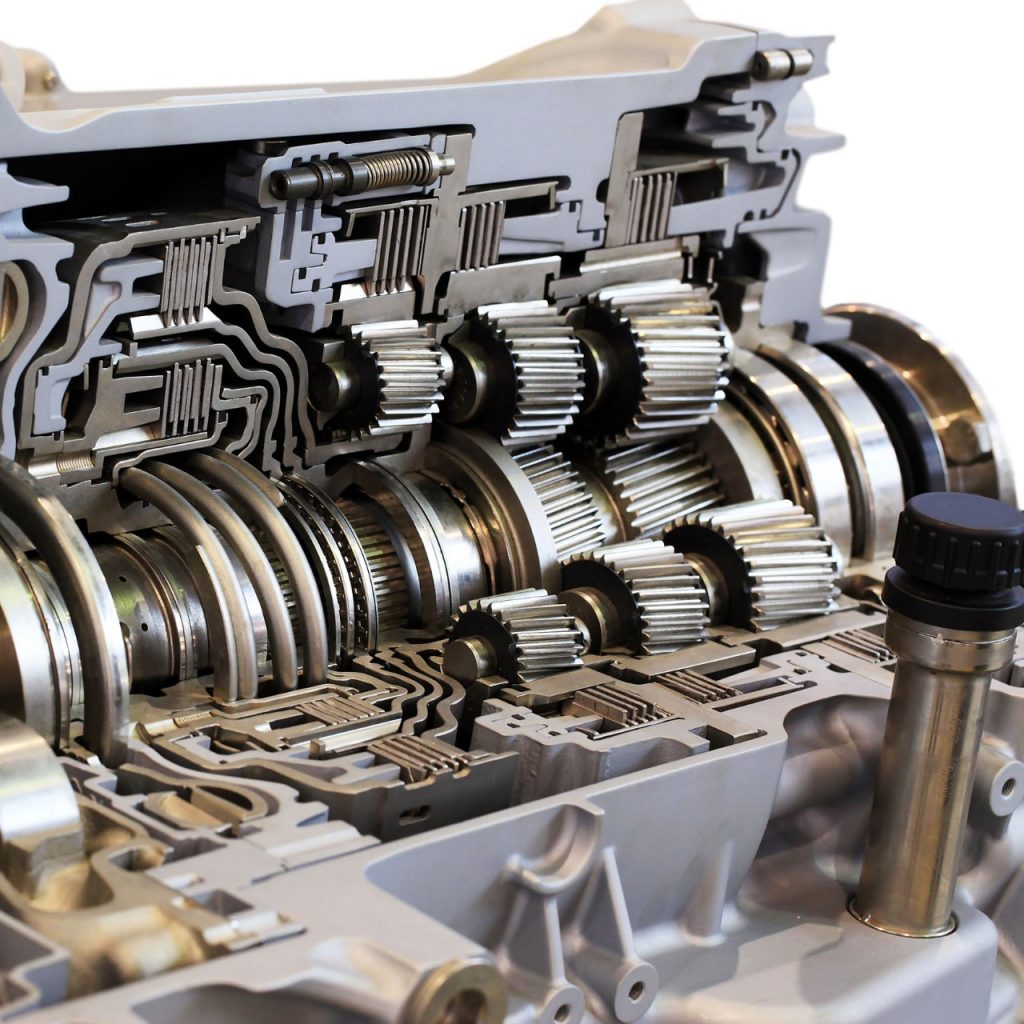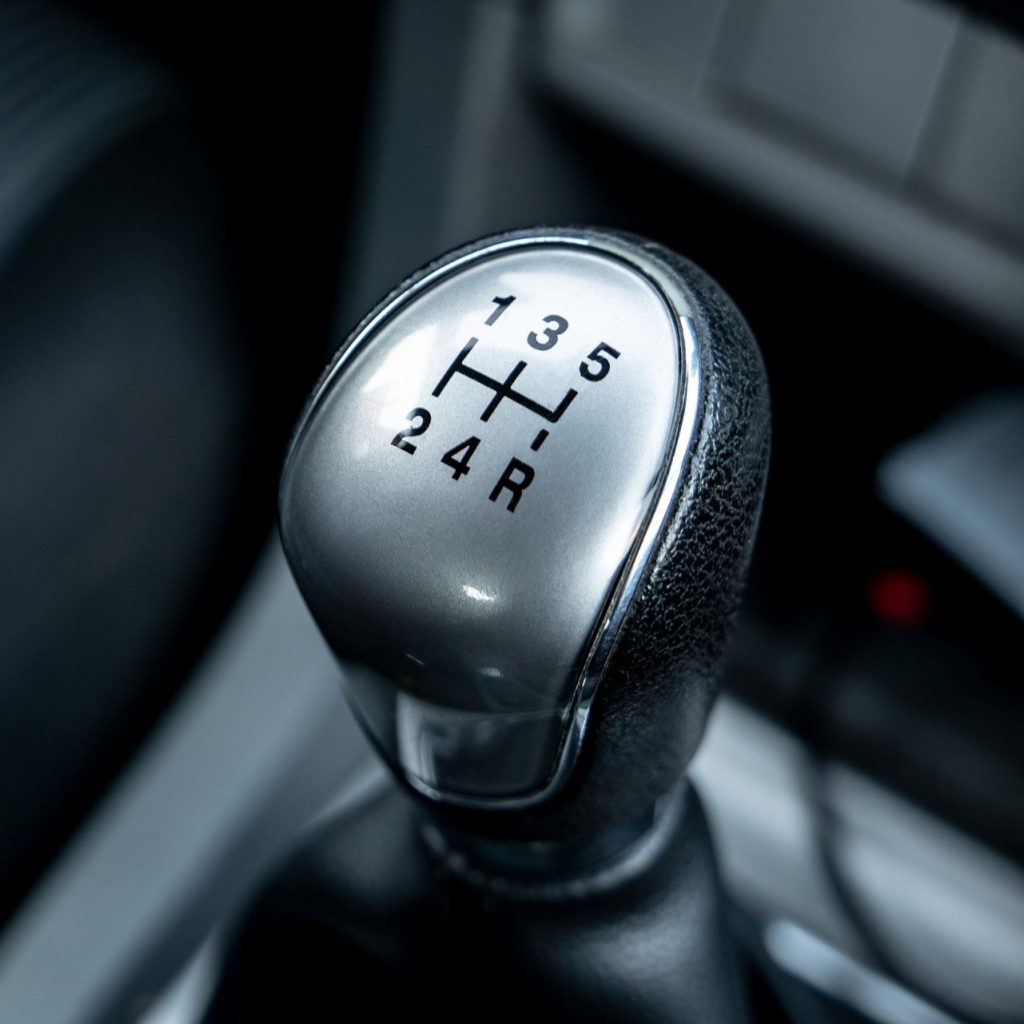
What is a Gearbox and its function?
Once we know that, we can better understand the differences between gearbox vs transmission. It can confuse anyone when talking about the gearbox and gearing components. Designers, engineers, and manufacturers use many terms when they are talking about something that is often the same thing.
Gearbox is a term that is frequently used interchangeably with two terms: Gearhead or gear reducer. However, they are often a slightly different arrangement physically of the gears. The most rudimentary definition of a gearbox is a box that contains a gear train, or a mechanical component or unit that comprises a sequence of integrated gears. The “box” is often referred to as housing.
Many things can have a gearbox, and the function of it is the same thing. For this article, since it is “geared” towards automotive a modern gearbox is used to boost torque as the speed of a prime mover output shaft, also called a crankshaft, is reduced.
So, what does all that mean? The output shaft of a gearbox rotates slower than the input shaft, and that speed reduction gives a car an advantage mechanically by increasing torque.
Where is a gearbox used?
In a car, the gearbox is the transmission system’s second stage, after the clutch and is bolted to the backside of the engine. The clutch is between the gearbox and the transmission. A manual shift car today is a 4-speed or 5-speed going forward, 1 reverse gear and one neutral gear position.
Are transmission, gearbox or clutch problems all connected? Yes, and no. When the gearbox goes bad, it can put more strain on the clutch and wear it out, vice versa that a bad clutch can ear a gearbox out. If one or both go bad and repair or replacement is done quickly, it can put more strain on the transmission.
Here are seven indicators that could tell you to have your transmission inspected:
- Clunking and Whining Noises
- Response to Gear Shift Lacks
- A Burning Odor
- Fluid Leaking
- Gears Grinding
- Makes Noise While in Neutral
- Gearbox is Stiff
What are the different types of gearbox?
We will review five different types of gearbox:
- Manual – We find the gearbox in a manual shift transmission requires a clutch to decouple the gearbox from the engine. The driver must push in the clutch when shifting gears.
- Automatic – This gearbox allows a driver to simply go from park to drive or reverse to drive without pushing in on a clutch. There are different gearbox ratios with this gearbox, which gives the engine more power.
- Continuously Variable Transmission – The same as the automatic gearbox, with the exception it doesn’t have fixed ratios. There is a steel drive-belt between the two pulleys that affect the different ratios by adjusting their diameters with the range of speed.
- Automated manual, semi-automatic – Another type of automatic transmission except for a torque converter. It requires a clutch to actuate the changing of gears.
- Dual-clutch- This gearbox is also referred to as DSG, PDK and Power-shift and other names, all that signifies there are 2 clutches. Each clutch has responsibility for either even-numbered gears or odd-numbered gears.
What are the 4 types of gears?
There are four classes of gear types within a car, and each of those classes has several gears within them:
- Parallel Axes: Gear Rack, Helical Gear, Internal Gear, Spur Gear
- Intersecting Axes: Miter Gear, Spiral Bevel Gear, Straight Bevel Gear
- Nonparallel/Nonintersecting Axes: Screw Gear, Worm, Worm Gear
- Others: Gear Coupling, Involute Spline Shaft, and Bushing, Pawl and Ratchet

Which type of gearbox is best and why?
We know the gearbox is located at the rear of the transmission, which is a system of gears inside itself that transmits the engine power generated to the wheels and makes a car move. The transmission is the middleman, and gearbox is the transmission’s sidekick.
At one time, if you asked somebody which transmission (gearbox) was the best, they would have told you the manual shift transmission. A manual transmission car gives a driver more control over the power. Today though, the automatic transmission has replaced the popularity, which used to only have four gears: Park, Reverse, Neutral, and Drive. Automatic transmissions now have five, six, even seven gears.
Gearbox efficiency isn’t something the everyday driver will even know what it means when it comes to their car. For car fanatics though, race car drivers, that means a lot to them in the way of power at the takeoff.
The gearbox with the most efficiency in a system is tied between the Helical and the Spur, both of which have an output between 94% and 98. The output power is the gearbox speed and torque load that gives a driver the efficiency they desire. Call us today at 310 672-8131 for transmission repair in Inglewood, CA.
